Growth of the E-commerce Sector
The expansion of the e-commerce sector is a pivotal driver for the Foam Packaging Market. As online shopping continues to gain traction, the demand for efficient and reliable packaging solutions rises correspondingly. In 2025, e-commerce sales are anticipated to surpass 6 trillion USD, necessitating innovative packaging solutions that ensure product safety during shipping. Foam packaging, known for its lightweight and protective properties, is increasingly favored by e-commerce businesses to enhance customer experience. This trend suggests that the Foam Packaging Market will likely see a surge in demand as companies seek to optimize their packaging strategies to meet the expectations of online consumers.
Sustainability Trends in Packaging
Sustainability trends are reshaping the Foam Packaging Market as consumers and businesses alike prioritize eco-friendly solutions. The growing awareness of environmental issues has led to an increased demand for recyclable and biodegradable foam materials. In 2025, the market for sustainable packaging is projected to reach 500 billion USD, with foam packaging playing a crucial role in this transition. Companies are actively seeking to reduce their carbon footprint and enhance their brand image by adopting sustainable practices. This shift suggests that the Foam Packaging Market will likely experience a transformation, with a greater emphasis on developing innovative, sustainable foam solutions that align with consumer preferences.
Rising Demand for Protective Packaging
The Foam Packaging Market experiences a notable increase in demand for protective packaging solutions. This trend is primarily driven by the need to safeguard products during transit and storage. Industries such as electronics, pharmaceuticals, and food and beverage are particularly reliant on foam packaging to prevent damage and ensure product integrity. In 2025, the market for protective packaging is projected to reach approximately 40 billion USD, indicating a robust growth trajectory. The versatility of foam materials, which can be molded to fit various product shapes, enhances their appeal. As businesses prioritize customer satisfaction and product safety, the Foam Packaging Market is likely to see sustained growth in this segment.
Regulatory Compliance and Safety Standards
The Foam Packaging Market is significantly influenced by stringent regulatory compliance and safety standards across various sectors. Governments and regulatory bodies are increasingly emphasizing the importance of safe packaging materials, particularly in industries such as food and pharmaceuticals. Compliance with these regulations often necessitates the use of high-quality foam packaging that meets safety and environmental standards. In 2025, it is estimated that compliance-related costs could account for up to 15% of packaging expenditures, prompting companies to invest in reliable foam solutions. This trend indicates that the Foam Packaging Market will continue to evolve, with a focus on meeting regulatory requirements while ensuring product safety.
Technological Advancements in Foam Production
Technological innovations in foam production processes are significantly influencing the Foam Packaging Market. Advanced manufacturing techniques, such as the use of automated machinery and improved chemical formulations, enhance the efficiency and quality of foam products. These advancements allow for the production of lighter, more durable, and environmentally friendly foam materials. In 2025, the market is expected to benefit from a projected increase in production efficiency by up to 25%, which could lead to reduced costs and improved profit margins for manufacturers. As companies adopt these technologies, the Foam Packaging Market is poised for transformation, potentially leading to new product offerings and enhanced market competitiveness.


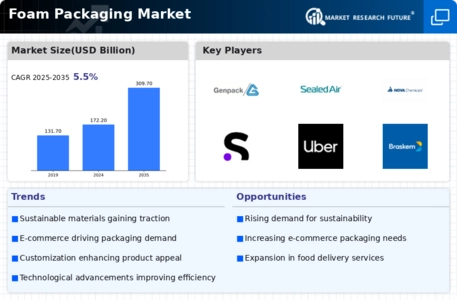
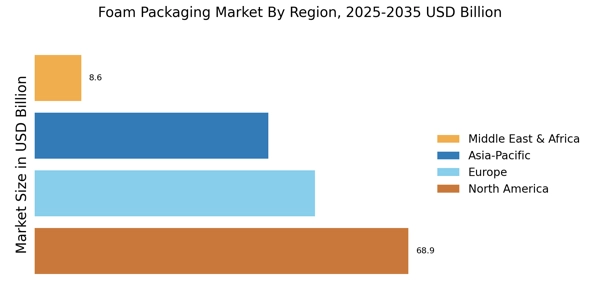
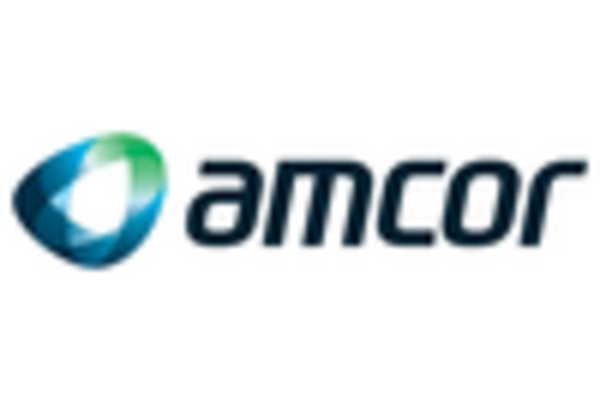


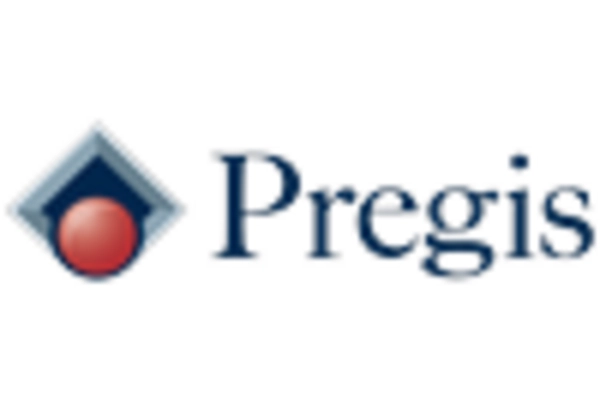

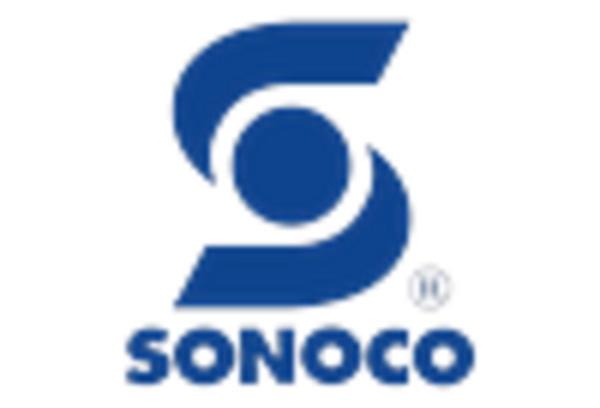








Leave a Comment